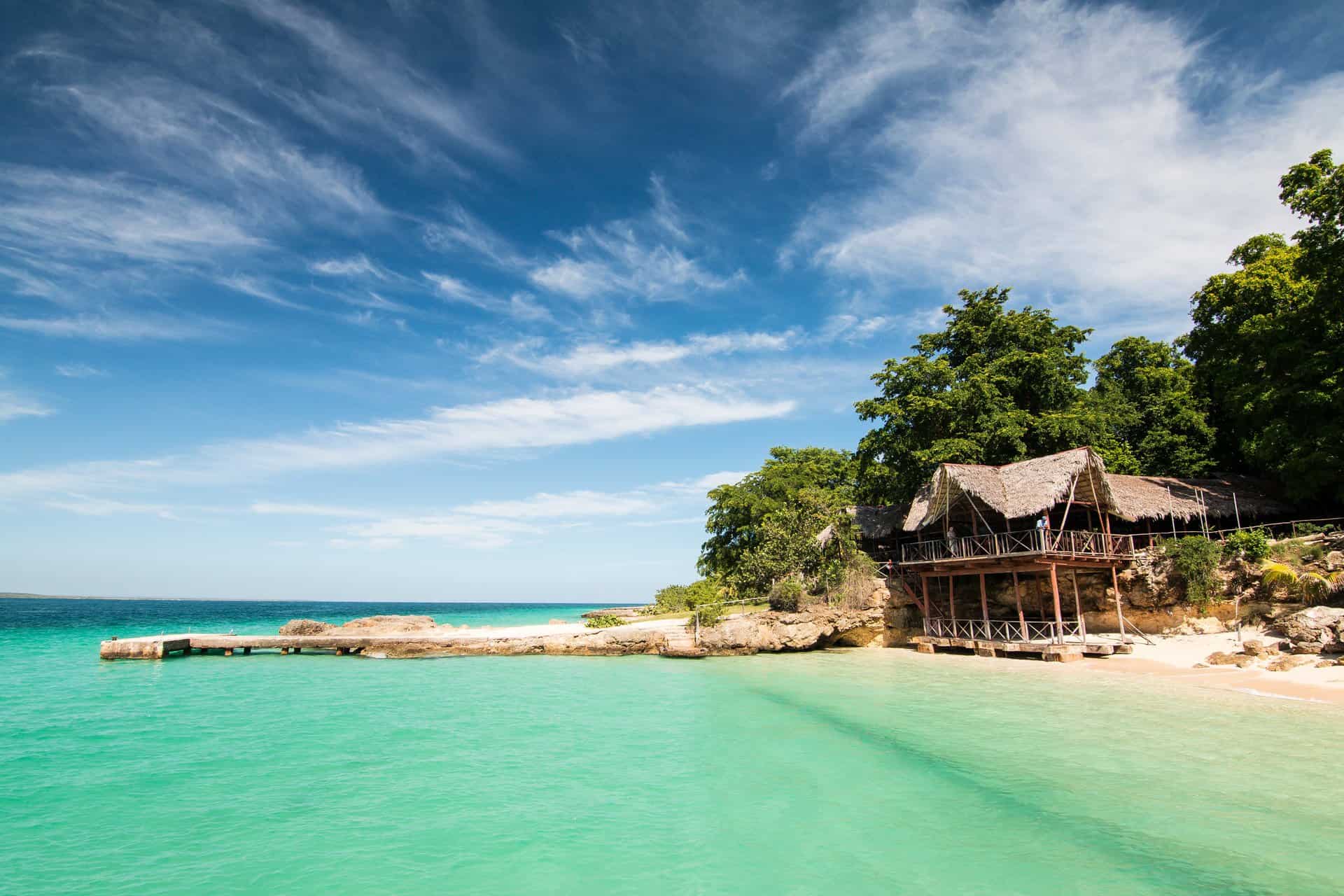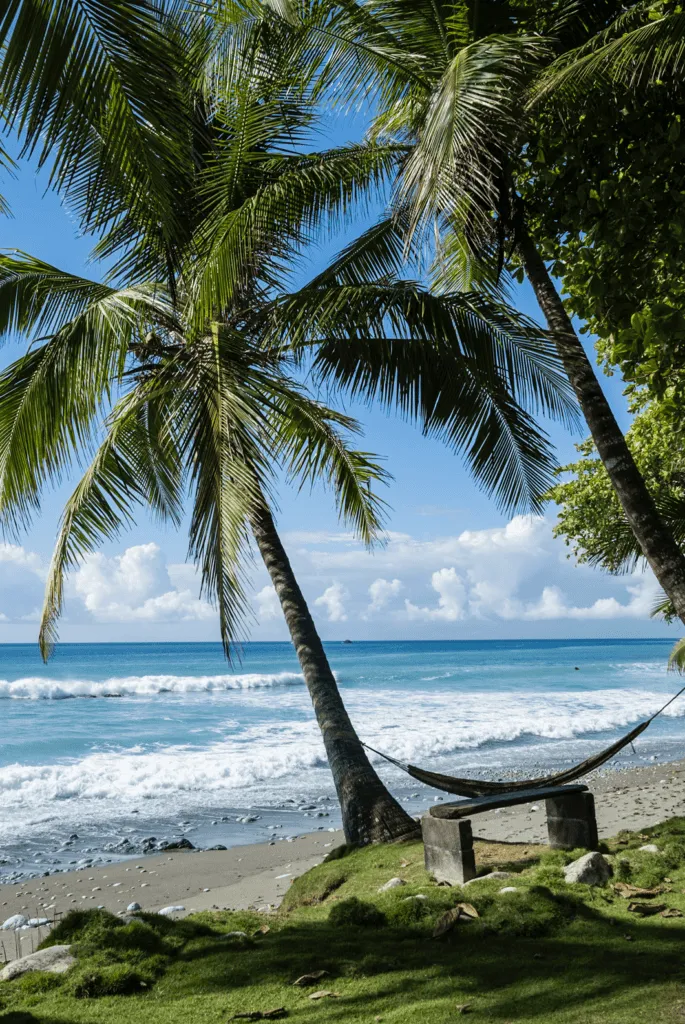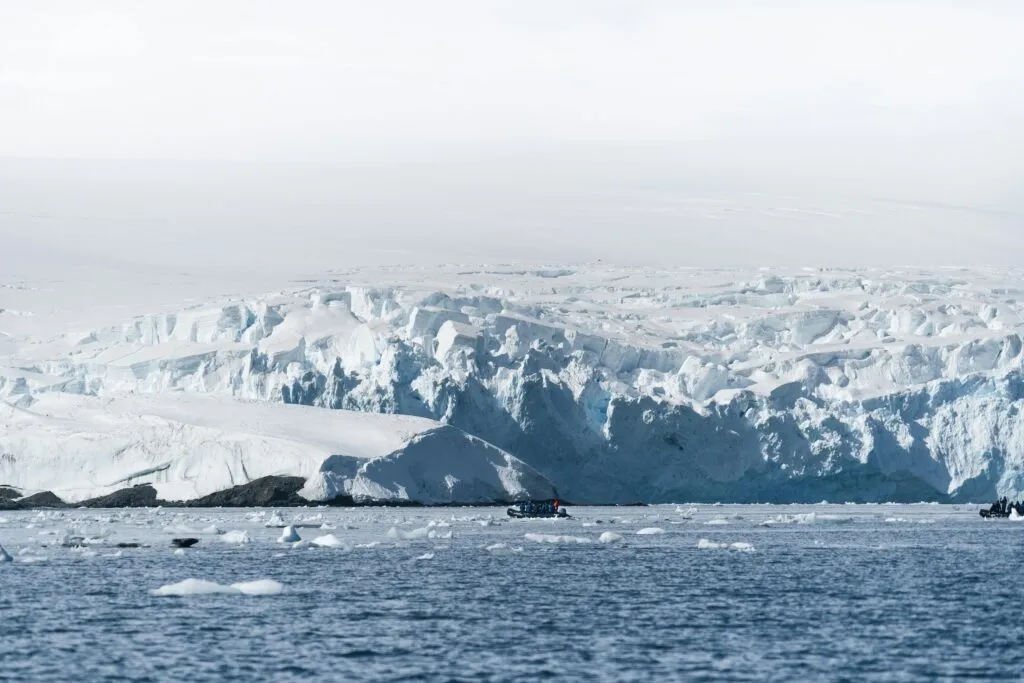
Antarctica, without the Drake: a comfortable shortcut to the end of the world.
There’s something faintly rebellious about skipping the Drake Passage. For centuries, crossing that 600-mile stretch of open sea between South America’s Cape Horn and the South Shetland Islands was a seafarer’s rite of passage — a test of grit, stomach, and stamina, endured in pursuit of the White Continent.
These days, however, travellers can opt to sidestep the swells entirely. Board a two-hour flight in southern Chile, and you’re stepping onto the Antarctic Peninsula by lunchtime. From there, it’s straight onto a boutique expedition ship, offering access to the continent’s extraordinary landscapes and wildlife without the days at sea.
Below, a guide to how the air-cruise works aboard the Magellan Explorer – and why it’s one of the most efficient and considered ways to experience Antarctica.
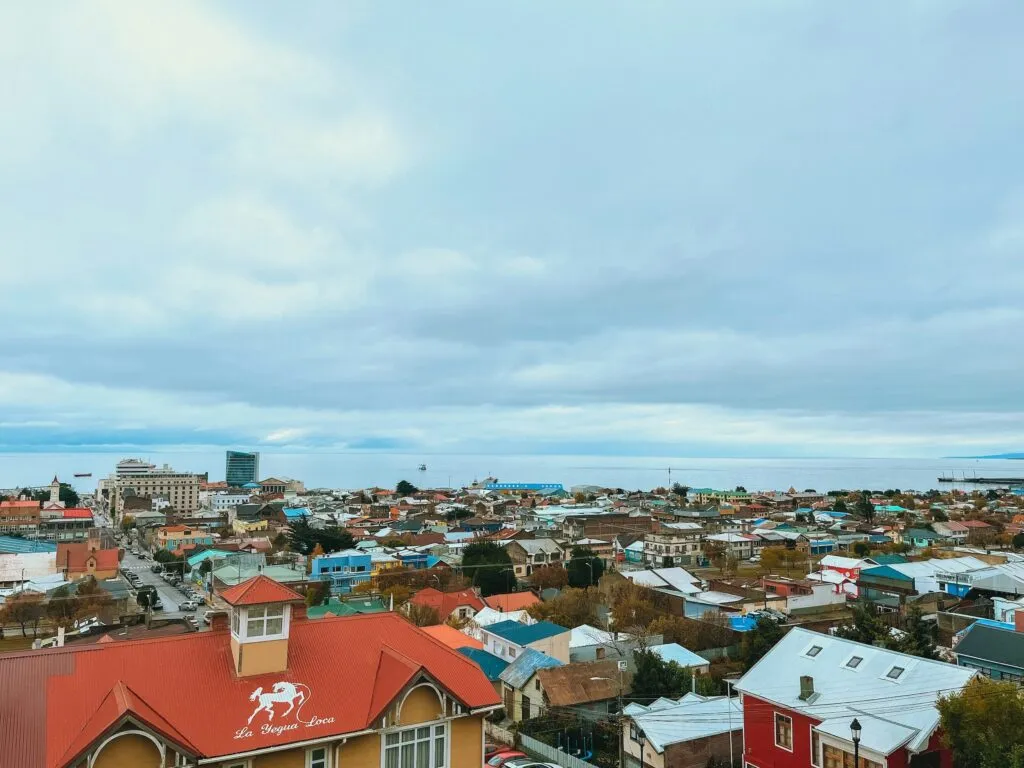
Where it Begins: Punta Arenas
The journey south begins in Punta Arenas, a windblown outpost on the Strait of Magellan in southern Chile. Your expedition begins not on the ice, but in a carefully restored century‑old wool warehouse reimagined as a private basecamp. Known as Explorers House, this soaring two‑storey, 2,000m² space has been transformed into an expedition club and briefing centre for travellers to Antarctica.
By mid-afternoon, guests gather for a safety briefing and an environmental orientation – a rite of passage into this fragile ecosystem. You’ll try on waterproof boots, watch a video on life among the ice, learn Zodiac boarding drills, and pore over route maps. Around you, fellow travellers – scientists, photographers, curious wanderers – chat over coffee in the lounge, while a bar serves local Patagonian fare and regional wines .
That evening, you gather for a welcome dinner in Explorers House’s amphitheatre-style dining hall. This is your first real encounter with those you’ll share the next week with: a small group of no more than 73 guests, polar guides, naturalists, and ship crew.
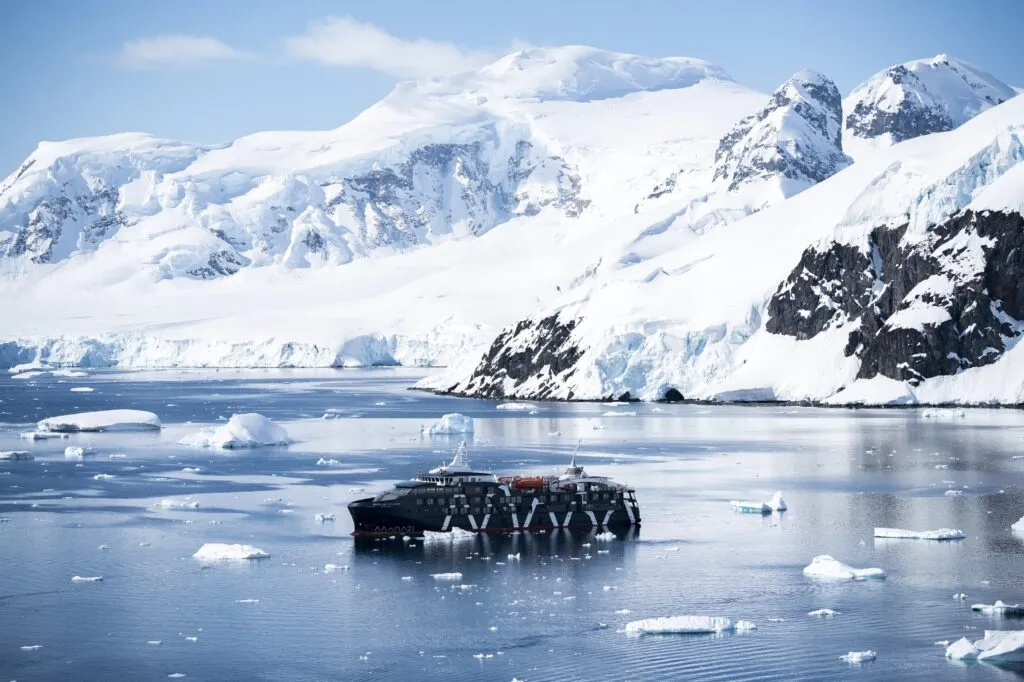
Flight over the Drake & Board the Magellan Explorer
At first light, you’ll return to the airport for a two-hour flight over the Southern Ocean. The aircraft, specially designed for the rigours of Antarctic weather, flies low enough to reveal scattered sea ice and wind-scuffed water below.
Touching down on King George Island, part of the South Shetland archipelago, you step into a stark, elemental landscape. A short walk leads past the Chilean Frei and Russian Bellingshausen research stations, where Zodiacs wait on the shoreline to ferry you to your ship.
The Magellan Explorer sits just offshore. A modern, polar-class vessel, she carries no more than 73 guests, supported by a a team of guides, naturalists, and ship crew. Cabins are light-filled and well laid-out, with large windows framing the ice; many have private balconies. There’s a glass-fronted observation lounge, a cozy bar kept well-stocked with cocktail ingredients, and a small but well-curated library, perfect for relaxing after dinner. There’s even a sauna to help relieve weary muscles.
Once aboard, the ship slips its mooring and gets underway. You’ll sail south through the Gerlache Strait and beyond, past icebergs, towering peaks, and deep-blue glaciers – the expedition has begun.
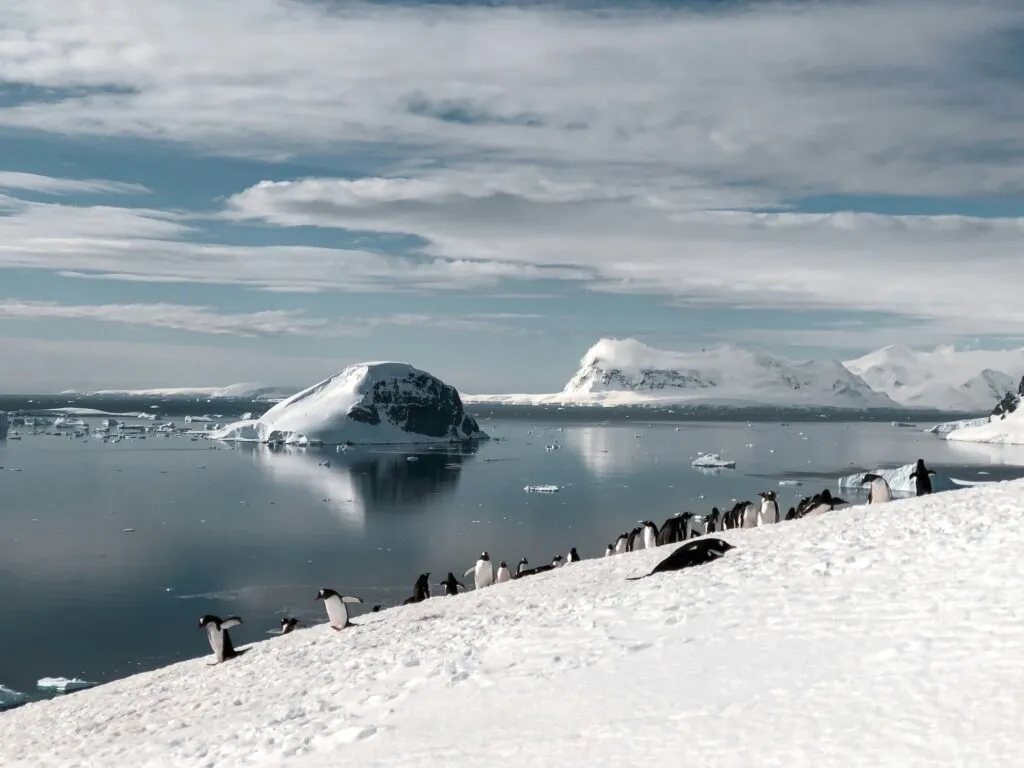
Voyaging South: Discovering Antarctica
Over the following days, the Magellan Explorer charts a course through the straits, bays and islands between the South Shetlands and the western coast of the Antarctic Peninsula. There is no fixed route: the expedition leader and captain assess weather conditions, ice charts, and wildlife sightings to determine the itinerary.
One day might bring you to Deception Island, a flooded volcanic caldera where steam rises from black sand shores and birdlife congregates along the rim. Another might include a landing at Neko Harbour, offering steep climbs and glacial views, or Cuverville Island, home to one of the largest gentoo colonies on the peninsula. With luck, the ship might enter the Lemaire Channel – a narrow passage of towering cliffs and drifting ice, often referred to as ‘Kodak Alley’.
Wildlife is constant, but never predictable. Gentoo, chinstrap, and Adélie penguins are everywhere, shuttling between nests and water. Weddell and crabeater seals haul out on the ice, and leopard seals are often spotted from the Zodiacs, their heads appearing suddenly above the surface before slipping away. Humpbacks tend to follow the ship at a distance, surfacing in slow arcs.
Back on board, naturalists and scientists lead lectures and informal talks on glaciology, marine ecology, and polar exploration. These sessions, held in the lounge or over meals, offer a deeper understanding of your surroundings.
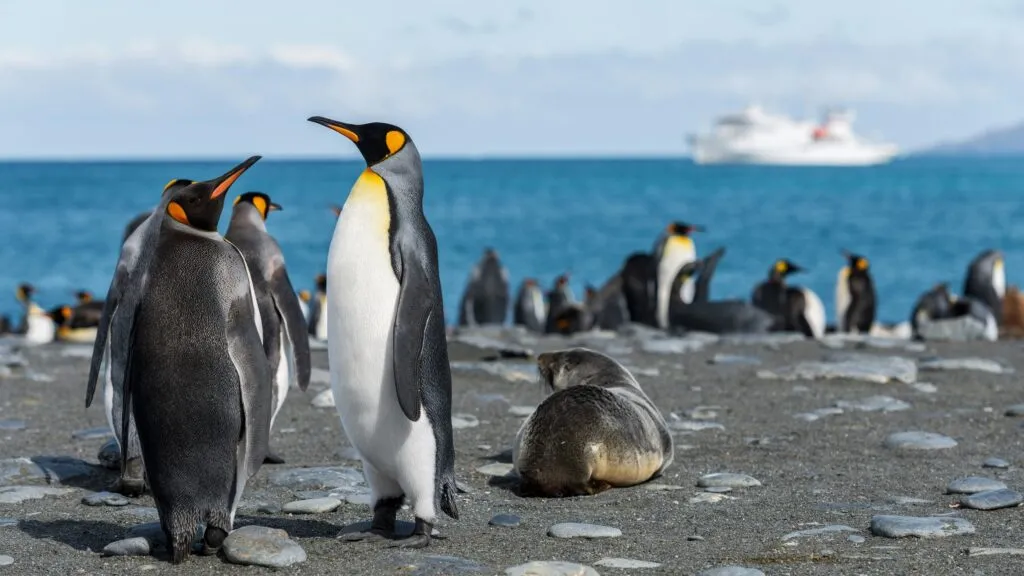
Returning to Land
After four or five days exploring the peninsula, the ship turns back north. If conditions allow, there’s time for one final landing before returning to King George Island. From there, the process is reversed: disembark by Zodiac, cross the airstrip once more, and board the return flight. The plane climbs quickly, leaving the ice behind, and within two hours, the group is back in Punta Arenas.
Back in Patagonia, there’s a final night included – a chance to decompress, swap photographs, and reflect on your experience with your fellow travellers. The following morning, it’s onwards to Santiago, Buenos Aires, or wherever your travels may take you next.
The fly-cruise format doesn’t diminish the experience. If anything, it distills it, with less time in transit, and more time on the ice. For those short on time or sea legs, or who simply want to maximise landings and wildlife viewings, it’s the best way to experience Antarctica.
Related Stories

The Insider’s Guide to Antarctica: Your Questions Answered
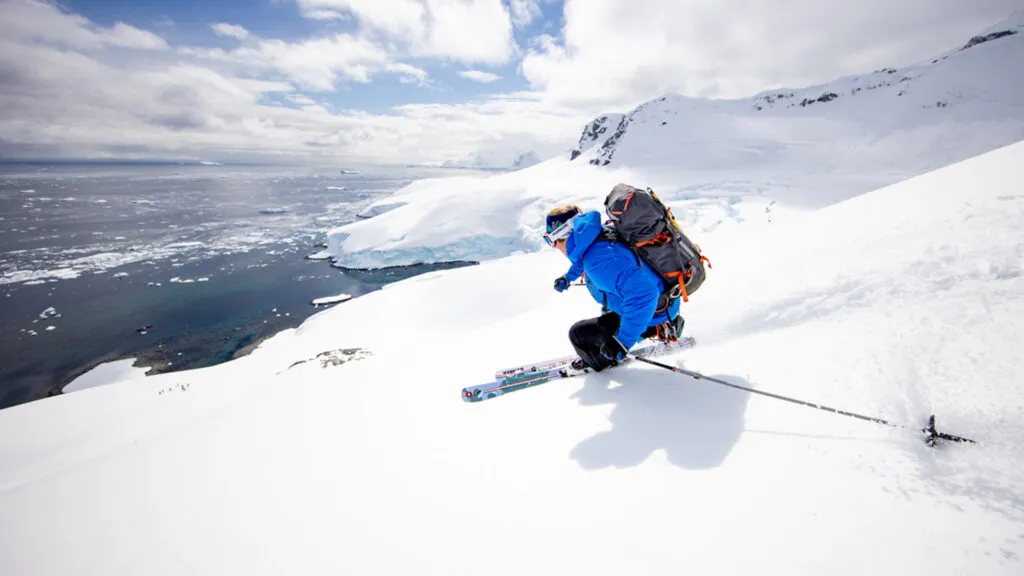
Where to Ski in South America
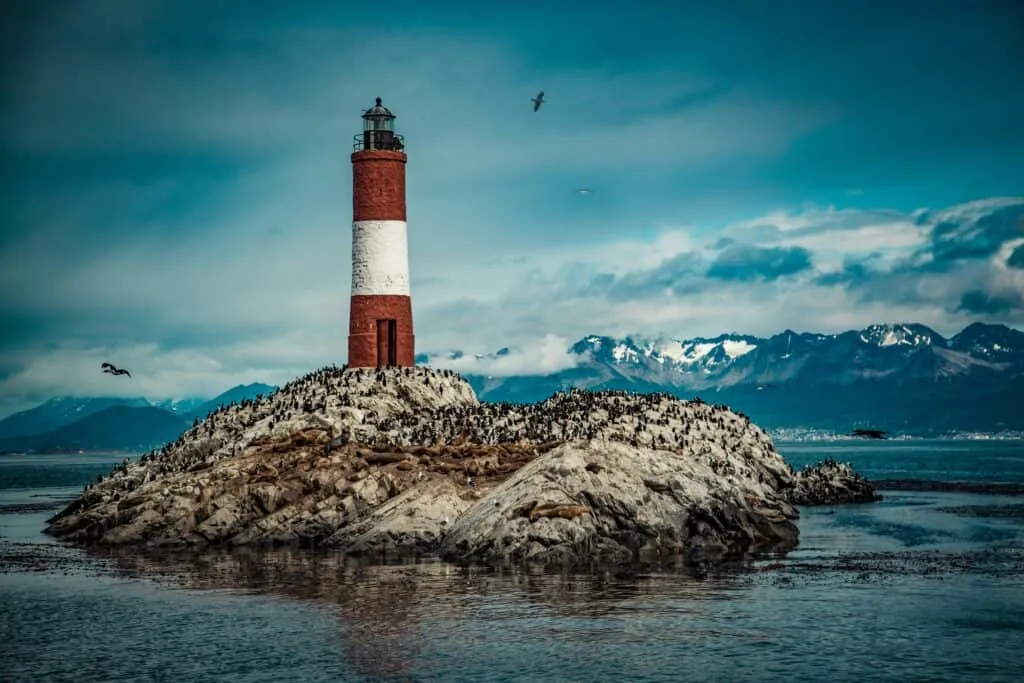
Exploring Ushuaia | The End of the World
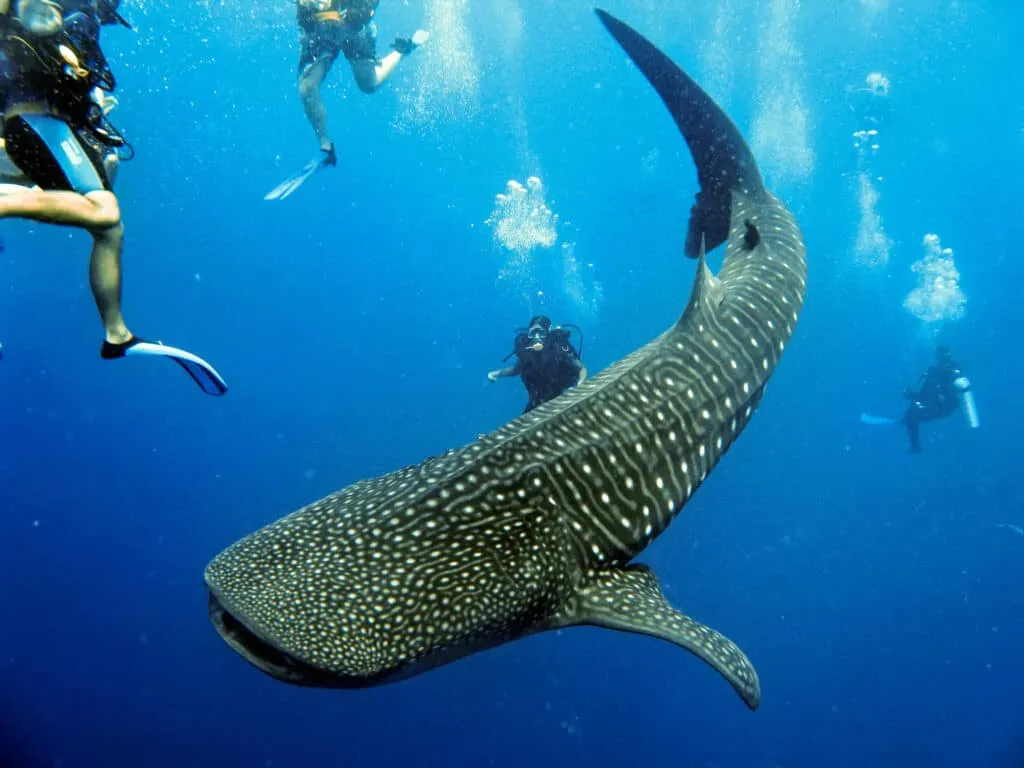
Where the Wild Things Still Are: Wildlife Journeys in Latin America
@plansouthamerica
